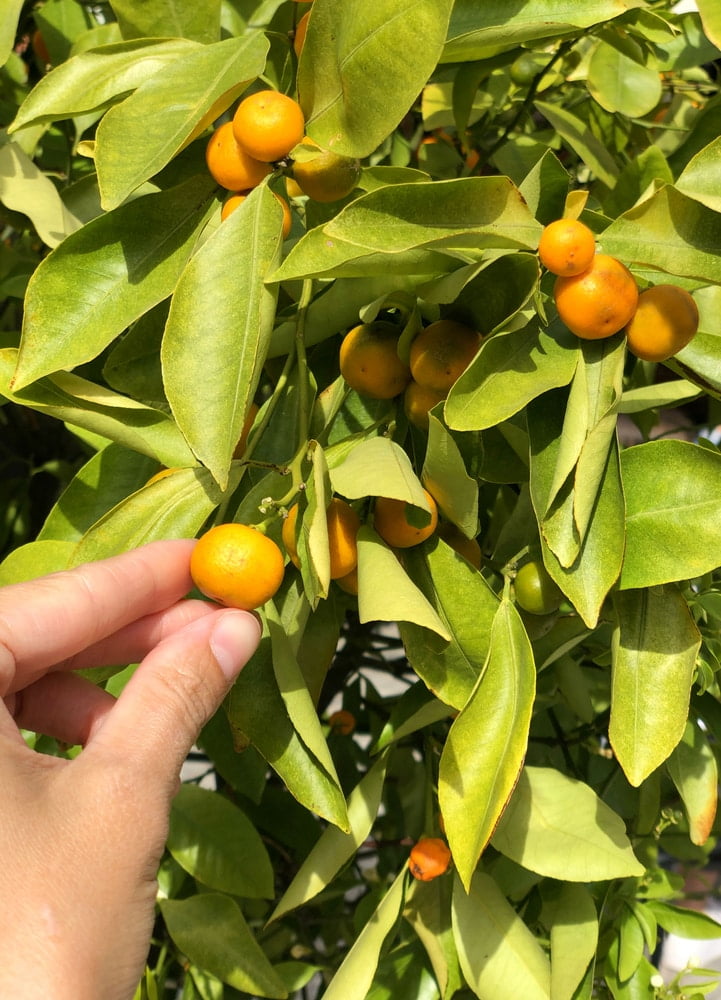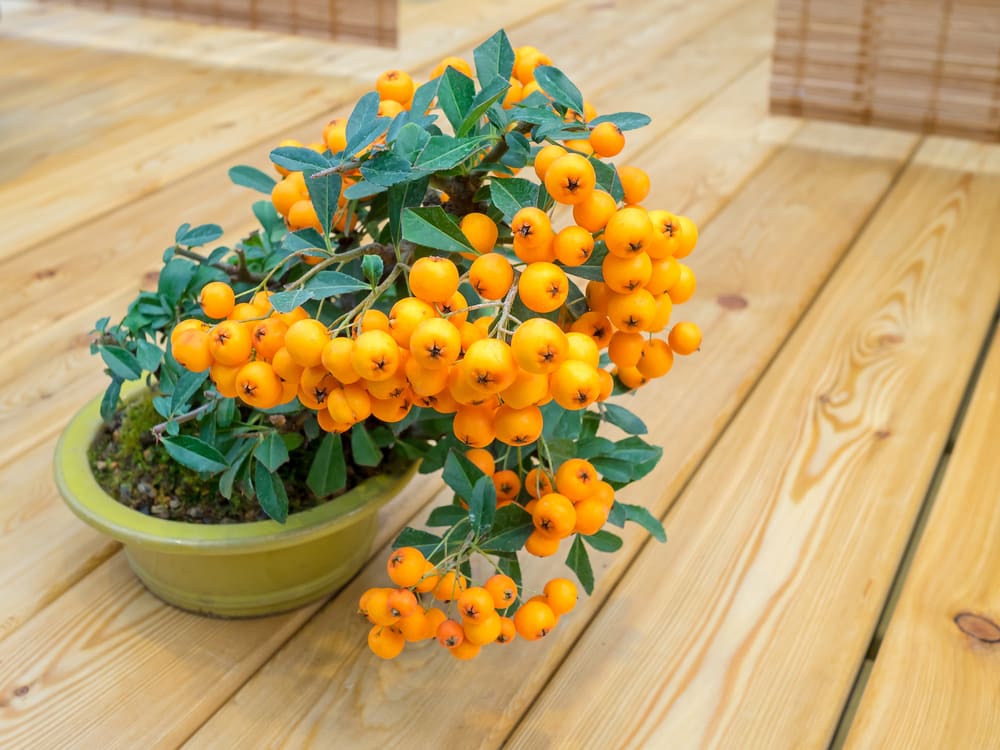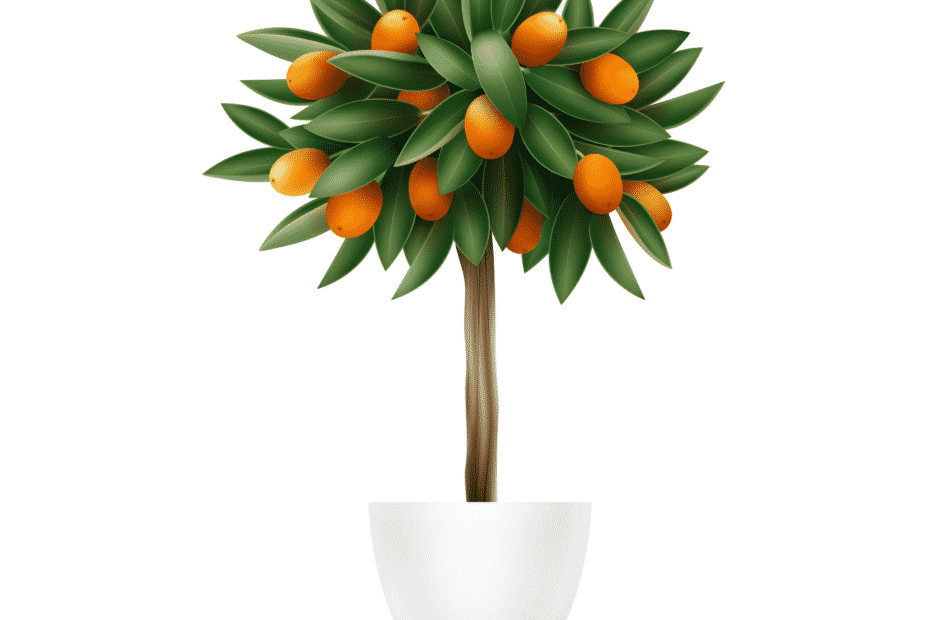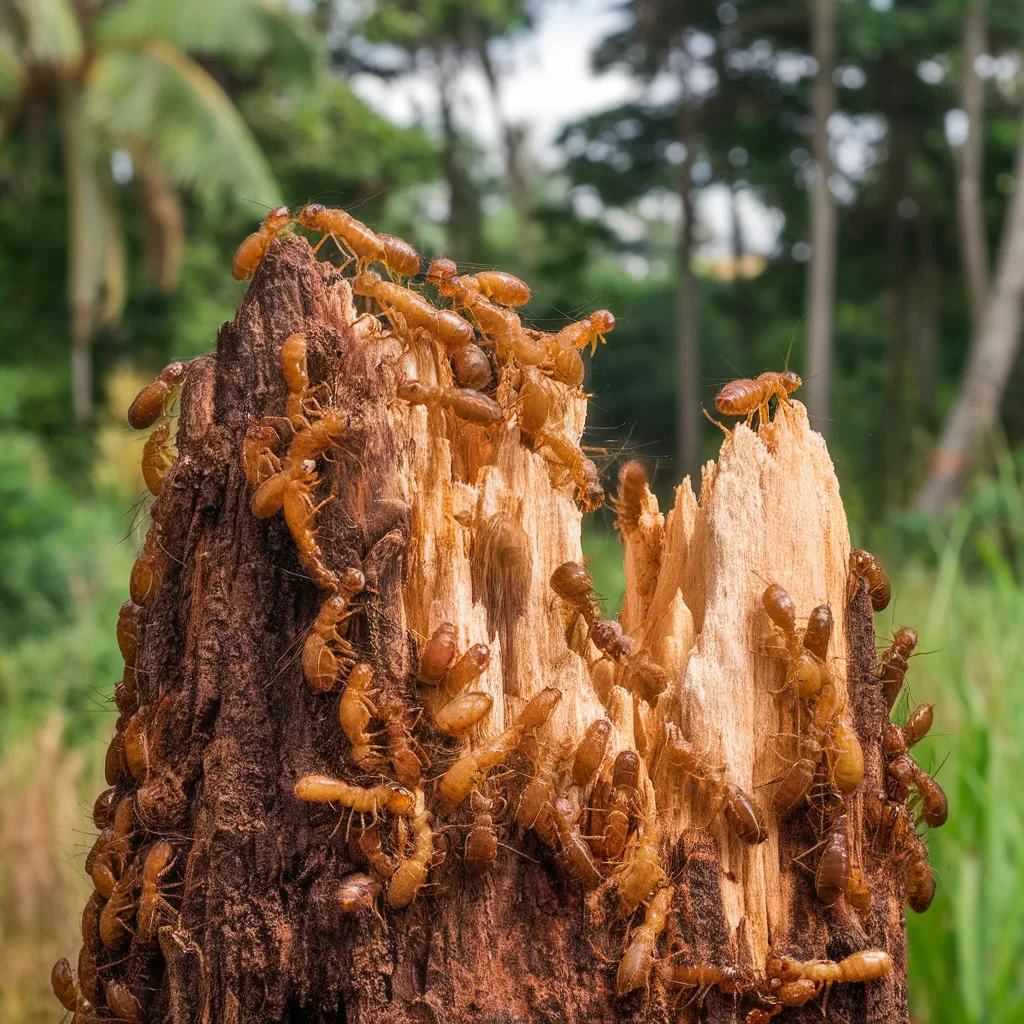Do you know it is easy to care for a miniature orange tree? It doesn’t matter if you started the orange tree from seed, or bought a plant already growing at the nursery. This post will help you to be successful in growing your orange tree and keep it looking beautiful.
Container
Depending on the size of your tree’s roots find a container that is one to two sizes bigger than the rootball. It is very important that the container has drainage holes at the bottom. You’ll need the excess water needs to drain away or the roots will rot.

Soil
Fill the container a third full with potting soil. Try to find the one that is specifically formulated for growing citrus trees, because they like slightly acidic soil. The proper pH balance for orange trees is 6 to 7.
Planting
Carefully remove the orange tree from the old container. Before you slap the roots into the new container, take time to examine them. If they are visible around the outside of the rootball and/or on the bottom, gently tease them away with your fingers. Roots that are left to grow this way will eventually choke your tree to death.
Position the rootball in the center of the pot, making sure that the top of the rootball is at least 1/4 to 1/2 inch below the pot’s rim. Fill in around the rootball with soil. Firm the soil as you fill in, but do not compact the soil or it will be hard. Bang the pot on the tabletop to settle the soil and collapse air pockets. Add more soil if needed.

Watering
Water your plant until the soil is moist but not soggy. Check the soil often during the hot summer months. It is important to keep the soil evenly moist, not soggy or completely dried out. In the winter, The tree should use less water because it is in dormancy. Never allow the bottom of the plant to stand in water or the roots will rot.
Temperature
When the weather is warm in the summer months and there is no danger of frost, take the miniature orange tree outside. Place it in a protected, semi-shaded location for several days. After that, you can move the plant to a sunnier spot that offers protection from the wind. When the weather grows colder or starts to fall below 50° Fahrenheit, move the tree indoors. Place your plant in a room where the temperature is between 55° and 85° Fahrenheit. An average of 65° is best for your tree. Avoid sudden swings in temperature. Do not place your tree near a heating or air conditioning vent.
Pests
Inspect the tree for scale, spider mites, mealybugs, and aphids. Many of these pests are really tiny, so look for signs in the leaves. If you notice curling, speckled or yellowing leaves, you may have a pest problem. Also, if you feel a sticky residue on the plant or see any webbing between the branches, it is time to take action.
You can remove the pests in several different ways. If your tree is small or doesn’t have many leaves, simply wipe the leaves and stems with a cotton ball soaked in rubbing alcohol. This will remove the pests, but not hurt your plant. Another alternative is to spray the plant with insecticidal soap or spray the leaves with a blast of water. This will knock the pests off the leaves and onto the ground. They will be unable to get back on the tree after that. Just remember not to use a hard blast of water or you may damage the plant.
Fertilize
Fertilize the miniature orange tree while it is actively growing during the spring and summer months. Choose a fertilizer formulated for citrus trees that are high in nitrogen. Feed your tree every three weeks. In the autumn and winter months, cut back on the fertilizer to once every other month.
Humidity
Miniature orange trees prefer a humid environment. Mist your plant daily or place your plant in a room with a humidifier.




